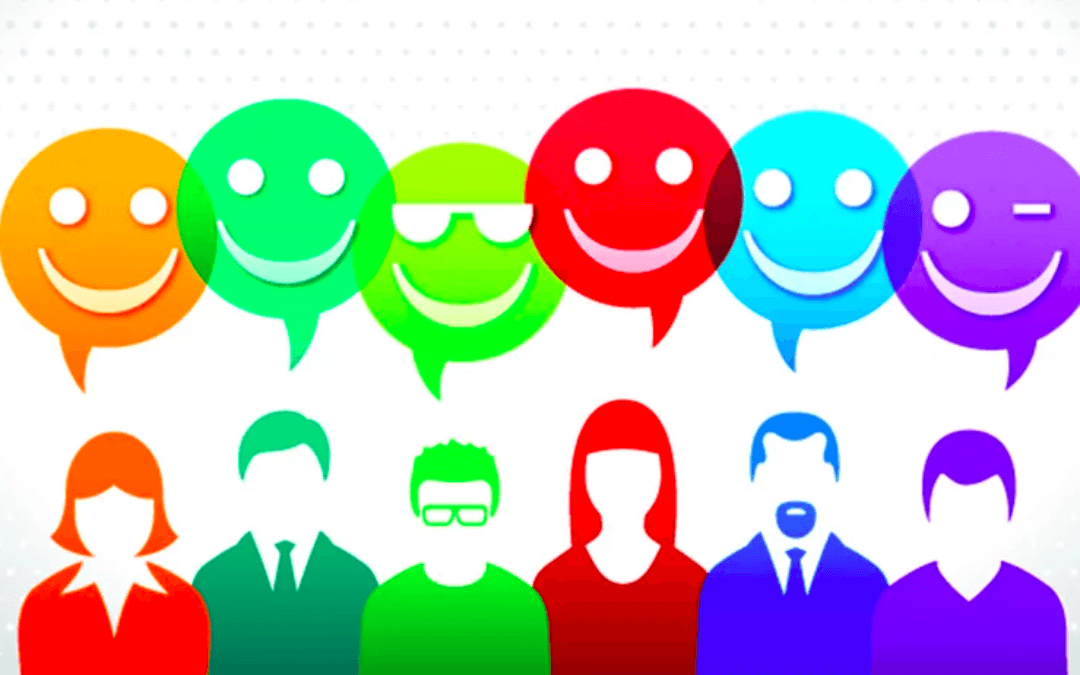At Emotive Brand, we’ve seen a jump over the last year in clients seeking help with employee behavior change. Better brand behavior isn’t the focus. Instead, organizations are actually trying to help their people live happier and healthier work and personal lives.
It’s exciting to see companies living out their employer brands through a greater commitment to their people, and to see them authentically rewarded with more trust and loyalty.
Several trends have brought us to this point, starting with greater competitiveness in recruiting – especially in Silicon Valley, which seems to be innovating the employee-employer relationship as fast as technology these days.
Other factors include better neuroscientific insight into the mechanics of behavior change coupled with proven successes, especially in the area of health. And putting all of that theory into action are new digital tools that can monitor, measure, and support healthy habit formation over time.
From our vantage point at the intersection of brand and business, we’ve identified four best practices for successful behavior change.
1. Open the door with a powerful creative idea
You can chuck a new benefits program over the fence through an email and a new section on your HR page. Or you can really engage employees through a strategic internal campaign wrapped in a powerful creative idea.
To get to an idea that works, you need to deeply understand your people. How they perceive the problem. Their barriers to adoption – both functional and emotional. What their ideal end state looks like. The language that resonates with them. The cultural context in which they live and work.
Connecting the dots between these data points will provide the emotional insight that informs your messaging. This insight and the resulting creative idea should create a siren’s call that’s so true and powerful, your people open up to it instinctively.
2. Make behavior change activity visible
Once you have peoples’ attention, they’ll be more drawn to a new program if they can see others participating. A sense of momentum triggers both FOMO (Fear Of Missing Out) and a genuine desire to be part of a collective action.
Think of the poor chump who is the first to give a standing ovation after a performance. Standing alone feels incredibly vulnerable – and foolish if nobody joins in. But once the standing O gains momentum and most people are doing it, the vulnerability shifts to the few people left sitting. A moment ago they were a regular part of the crowd. Now they appear either mean-spirited or clueless.
This principle, called social norming, is classically illustrated by this video of a lone Dancing Guy who convinces a whole hillside of picnickers to stand up and boogie.
For organizations, social norming points to the importance of seeding a new behavior change program with high-profile early adopters. Then make their activity visible, ideally both through external markers like a progress-tracking exhibition or swag, and digitally through workplace social networks, apps, or an intranet ticker showing an ever-growing number of participants.
3. Reward small actions and accomplishments
Gamification has exploded with the proliferation of apps promoting wholesome behaviors, from exercise to saving money to learning a language. Congratulatory badges and notifications have become expected bread crumbs down the path of behavior change.
Employers can leverage this trend by offering consistent, step-by-step rewards and incentives to get people started on a new behavior and then keep them on the path of progress. In addition to digital gamification, rewards can include personal recognition, financial incentives, and perks – whatever feels most true to the employer brand.
4. Break down big challenges
Sometimes behavior change is difficult because mastery requires an intimidating amount to learn or do. The sheer number of topics to master or actions to take can be paralyzing. Financial planning is one example. Losing 70 pounds through diet and exercise is another.
There are two ways to take the intimidation out of behavior change. One is to break down each step into pieces that feel doable. The second is to start with what’s easy. For example, someone might find it hard to create a financial plan that addresses all of their life goals. But starting with something that’s inherently rewarding, like saving toward a vacation, can open the door to a broader conversation.
If the process is then laid out in simple steps, ideally reinforced with a system of rewards, there’s a better chance of an employee getting all the way to the end.
A new frontier for employer brands
Behavior change is hard. Historically, it’s been a lonely endeavor. But we believe organizations can change all that by following our simple blueprint: Harness the power of your community. Break down big challenges into the doable. Offer motivating incentives. And deliver it all through inspiring communications.
Emotive Brand is a San Francisco brand strategy and design agency.





